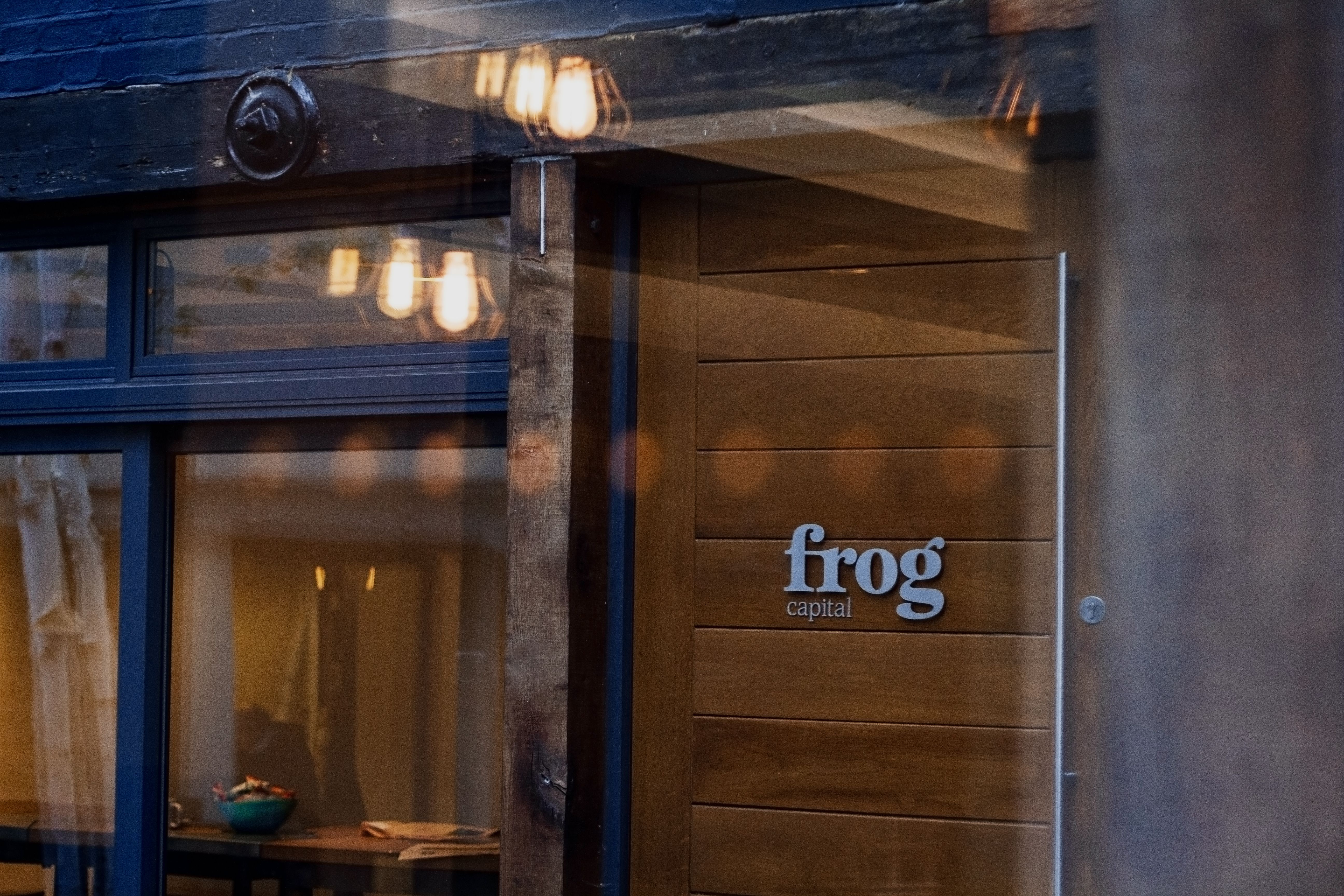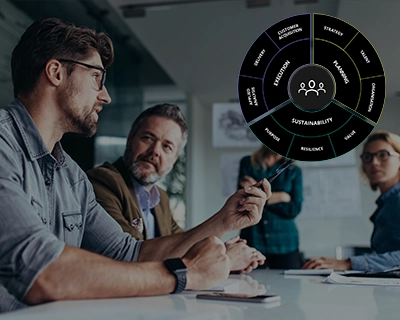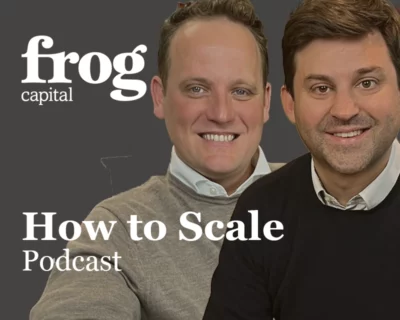Not long ago, for VCs it was all about growth, above all else. However, having seen huge sums get shredded by growth-obsessed companies that trip up, wiser VCs have been changing their tune. Since Bill Gurley penned On the Road to Recap, the growth vs. profitability debate has grown louder. In the world of SaaS, profitability is now an important component of valuation.
In our experience as an ambitious scale-up investor, we’ve learned you need to focus on both growth and profitability at the same time in order to build a high-value SaaS business.
As a CEO, balancing profitability and growth need not be a miserable exercise. The best scale-up teams we see tackle this challenge head-on with robust planning, strong execution and a long-term strategy for creating a resilient business. For good reason, these perspectives form the three central pillars of Frog’s Scale-up methodology and how we work with our portfolio companies.
How can you address growth and profitability together?
Many SaaS investors and entrepreneurs are familiar with the Rule of 40%, which contends that a healthy scale-up’s revenue growth plus EBITDA margin should be at least 40%. From a financial perspective, this KPI helps separate the wheat from the chaff. At Frog, we use it to benchmark companies too. But, it’s not enough to understand the potential of a business or to develop a plan for maximising value. A deeper level of analysis is required.
At Frog we focus on the financial impact of customer operations and revenue operations. These two operational areas align directly with profitability and growth. Understanding these capabilities and how they reinforce each other is essential. Management teams who continuously measure, test and improve these functions are able to create a valuable company.
Profitability via customer operations
Customer Operations encompass all the activities required to create and deliver products and any services related to sustaining and nurturing customers, making them successful and hooking them on the product.
In SaaS, the customer is both King and Kingmaker. Year-end annualised recurring revenue (ARR) is the starting point for next year, so it’s worth investing to protecting it carefully. Losing clients eats time and money, whereas retaining customers with great service and new value-enhancing features could drive a strong NPS score and an opportunity to expand accounts, with the aim of resulting in “negative churn”.
Key customer metrics
The financial goal of customer operations are to generate as much free cash flow as possible for every unit of ARR flowing through the business. The key financial metric is recurring margin, and the main levers are costs related to delivering the product (Costs of goods sold – COGS) and all support services, such as research and development (R&D) percentage of revenue to increase margins, generate more free cash flow, and build shareholder value.
Growth via revenue operations
Revenue operations are the growth engine of the business, identifying prospects and converting them to customers as efficiently as possible. They also include account expansion through up-selling and cross-selling. Revenue operations involves Sales, Marketing and aspects of Customer Success that have revenue accountability.
A study of 3,000 software companies by McKinsey showed not only did high-growth software companies produce five times the shareholder returns of medium-growth companies, but those that grew at 20% or less annually had a 92% chance of ceasing to exist within a few years. While Revenue operations are key to building scale, they also help to ensure long-term sustainability.
Key revenue metrics
The goal of revenue operations is efficient growth by generating as much net new ARR as possible. Net new ARR is calculated as ARR from new customers + up-sell/cross-sell ARR from retained customers minus ARR from lost customers. The key financial metric here is the SaaS Magic Number. Other important financial metrics include customer lifetime value (LTV), costs of acquiring a customer (CAC), and Payback. Driving these metrics in the right direction will accelerate the growth of the business and shareholder value.
Creating a highly-valued SaaS company requires focus on both growth and profitability. Sometimes investors and entrepreneurs forget this, particularly at the top or bottom of a cycle. When they do the price they pay can be catastrophic. As a company becomes a scale-up, it needs to continually focus on improving processes, applying technology and automation, and developing high-performing teams that will deliver not just growth, but efficient growth. Management and board members tasked with maximising value creation simply can’t ignore profitability for the sake of growth.











